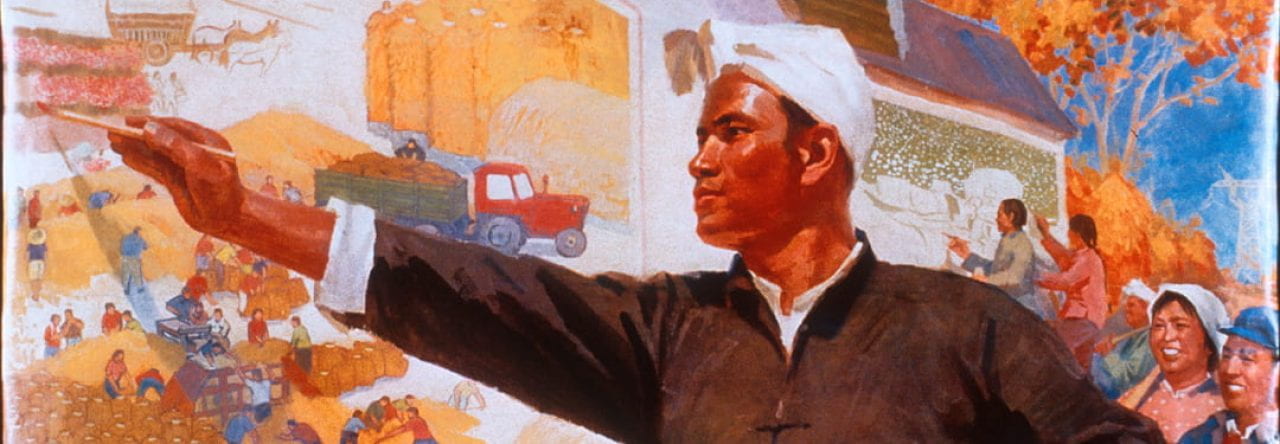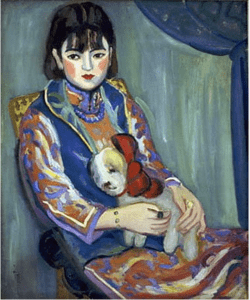Yin Xiuzhen, 59 today, grew up in Beijing, impoverished during the Cultural Revolution. Xiuzhen was raised in one of the city’s siheyuan that were demolished during urban reconstruction efforts in the 1990s. Yin utilizes her work to pay homage to the remnants of destruction caused by urbanization such as her childhood home. She uses recycled objects such as fabric, found objects, keepsakes, concrete and discarded building materials to create her sculptures and installations. Her pieces bring attention to the individual and collective histories of these found objects as well as the demolished cities and lives they represent. This is prevalent in her piece Transformation, where she collected thousands of roof tiles from the demolished siheyuan and attached photographs of the neighborhood on each tile, using the debris to create art that celebrates the memory of the old courtyard houses. Her work also specifically focuses on the environmental issues produced by industrialization, such as Washing the River, where 10,000 liters of frozen water are arranged and washed to illustrate the cleaning of the polluted river. Yin is considered to be a contemporary artist. At the time the avant garde movement was dominated by men, but this did not prevent women like Yin Xiuzhen from speaking out about the environmental decline of China and the unwanted impacts of excessive urbanization and the growing global economy.

“Washing the River” August 12, 2017









